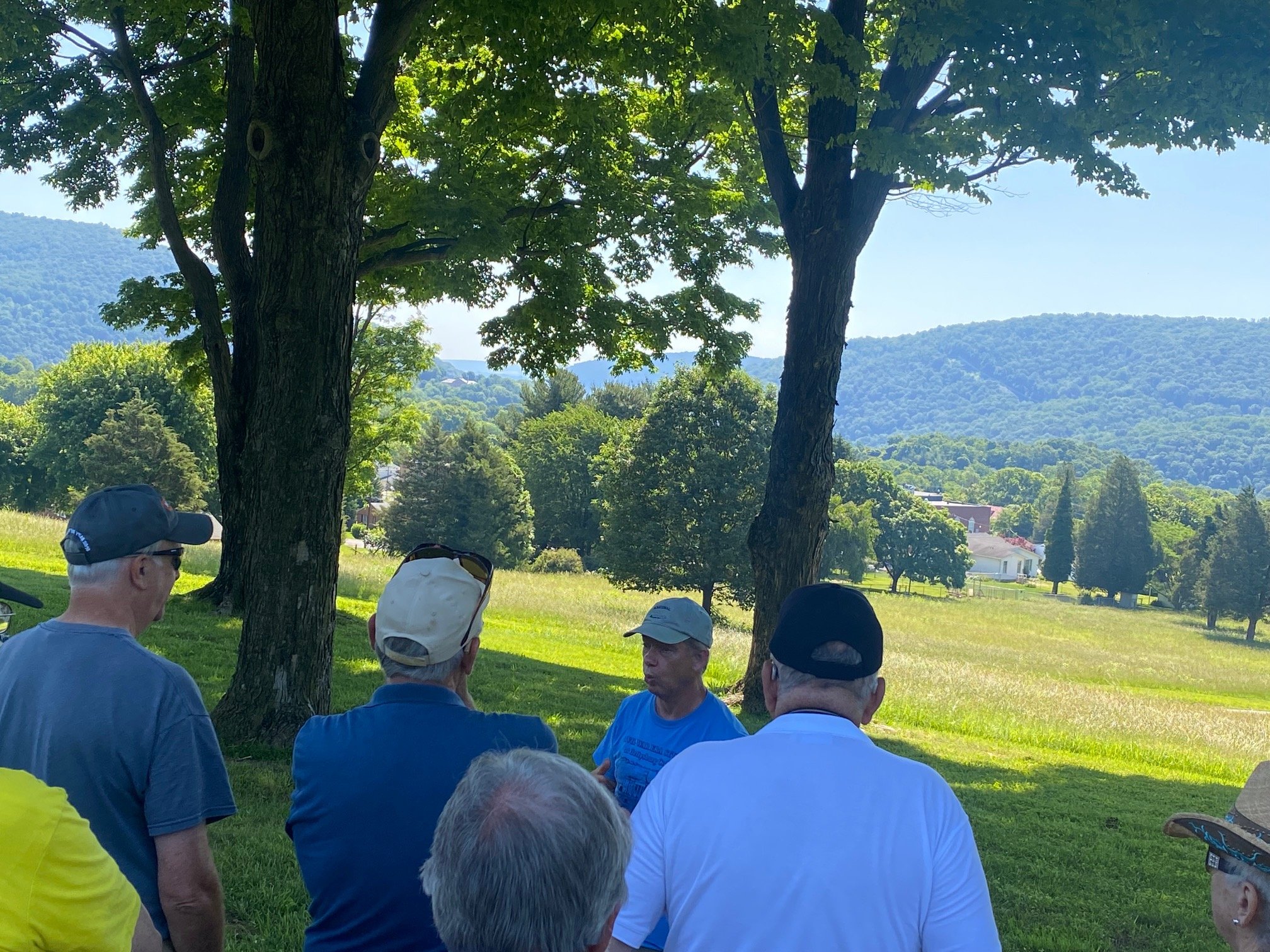Almost every day many people, from school children to dog walkers, pass a statue of a soldier in Allentown’s West Park. On permanent guard duty since 1917, he represents a time, between the Civil War and World War I, when monumental art reflected the culture. This is a story of the artist behind the monument.
The First Defenders were disappointed. By 1916, of the Civil War era soldiers who had been the first troops in 1861 to answer President Lincoln’s call to come to Washington, D.C., only 43 out of the original 530 were still living. So, when the Pennsylvania Legislature agreed to allocate $1,500 for the erection of a tablet to honor them, they were thrilled. But it was only to have their hopes dashed. Governor Brumbaugh vetoed the request because the funds he said were just not available. Some felt doubly hurt because the governor was Pennsylvania German and widely popular in Dutch country.
That was when General Harry C. Trexler stepped in. Born in 1854 Trexler had been a child of 11 when the troops came home, and it was probably among his first memories. Whatever it was, by his later years Trexler had developed a profound knowledge of some of the most obscure skirmishes of the War Between the States, often shocking his business associates. He once surprised a southern executive with whom he was negotiating by noting his middle initial was a Z and that it was for a little-known Confederate officer named Zollicofer who died early in the war. “General, you are the first northerner I have ever met that made that observation,” he replied.
To help out his beloved veterans, Trexler announced he would donate not just for a plaque, but an entire statue dedicated in West Park to the veterans. He named a committee of three to supervise the project: Allentown Mayor Al Reichenbach, a Republican; former Mayor James L. Schaadt, a Democrat; and A. S. Weishampel, one of the city’s leading architects and a close student of the prevailing style known as Beaux Arts classicism. Trexler aide Nolan Benner would later note that a competition was held and that designs for a heroic statue flowed in from around the country. Finally a decision was reached. The winner was George T. Brewster of Tottenville, Long Island.
Any records that may have existed from the competition have vanished long ago. We don’t know what sort of role Trexler may have had in the selection, although it is hard to imagine he did not have a significant one. But as the only professional in the field of the arts on the committee, Weishampel must have had a decisive opinion. So as one of the best known and respected creators of monumental art in the country, Brewster must have been a logical choice. In the period between the Civil War and World War I in particular he was one of the most popular and prolific figures in the field. Only August “Gus” Saint Gaudens (1848-1907) was considered his superior.
Brewster was born on February 24, 1862 to Altheus Brewster and Mary S. Cushman in Kingston, Massachusetts, a seafaring town that was founded in the 17th century, shortly after the arrival of the Pilgrims. He could trace his lineage back to William Brewster, one of the leaders of the Mayflower Pilgrims. In a time when such things were considered more important than they are today, the fact that Weishampel’s wife was a Mayflower descendent whose family in the 18th century had relocated to Cape May, New Jersey may have given Weishampel entre to Brewster to take on the Allentown commission when his…
CONTINUE READING ON WFMZ’S WEBSITE





































